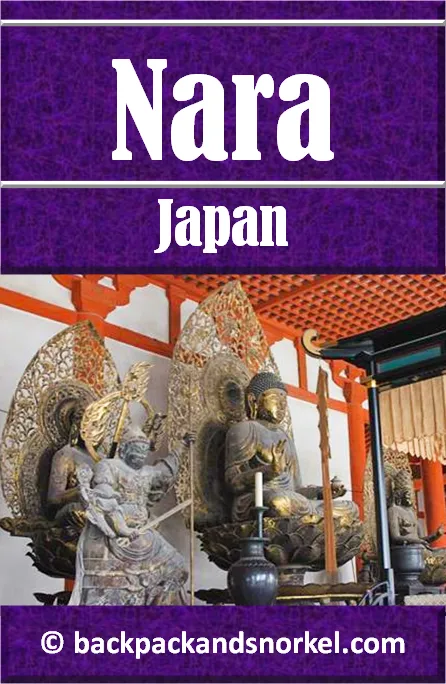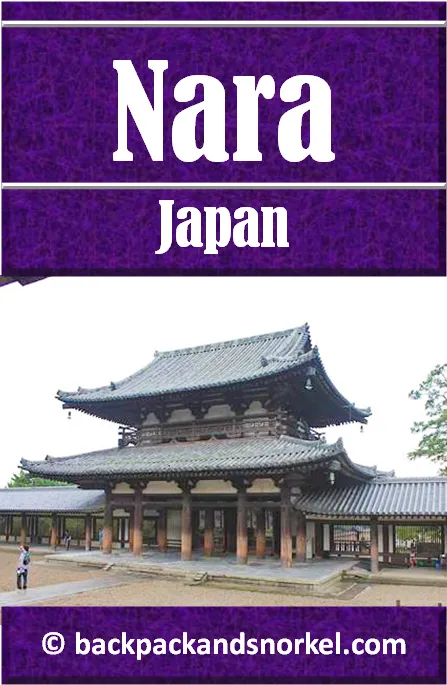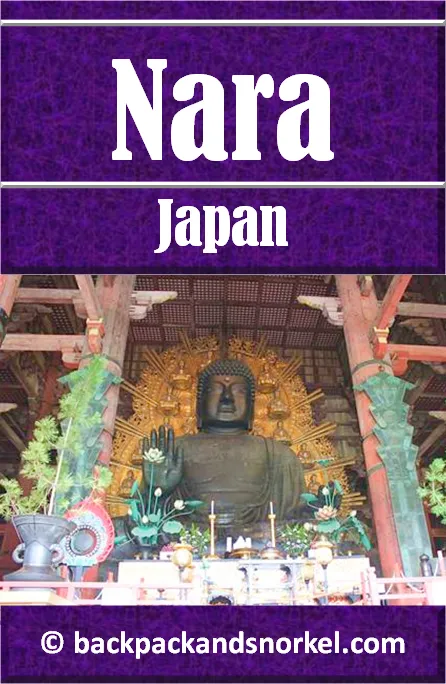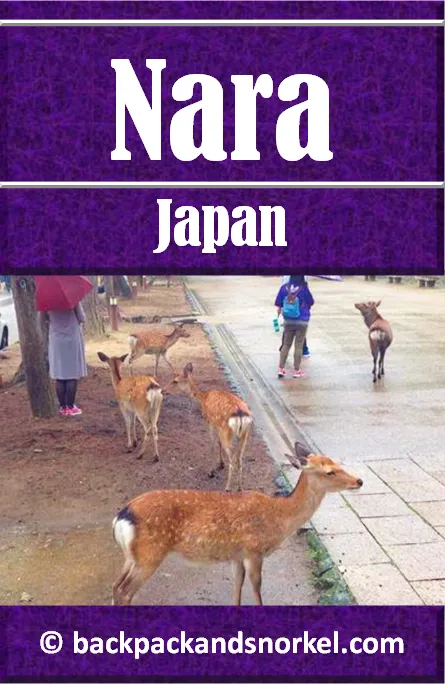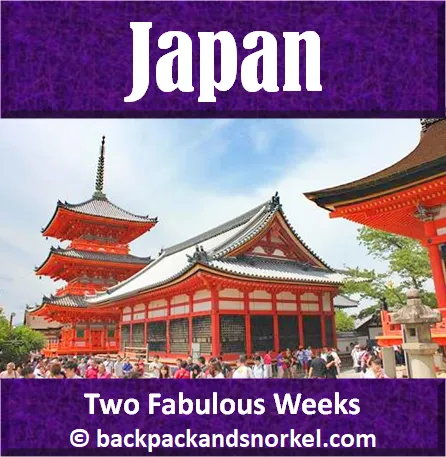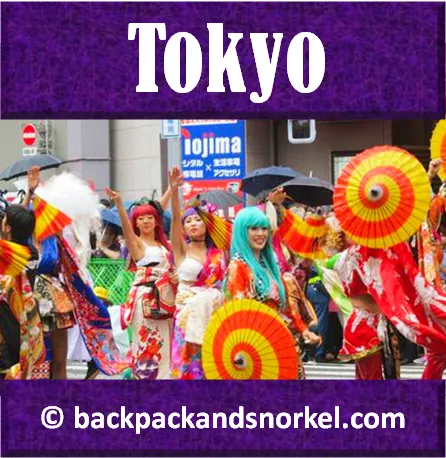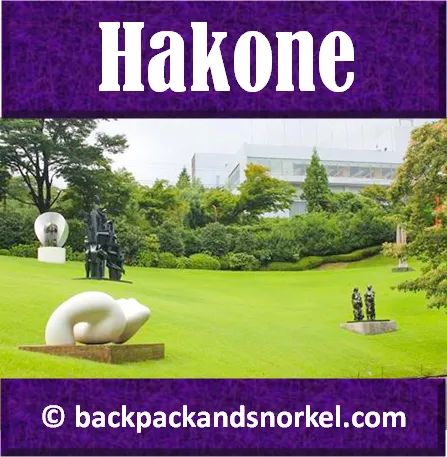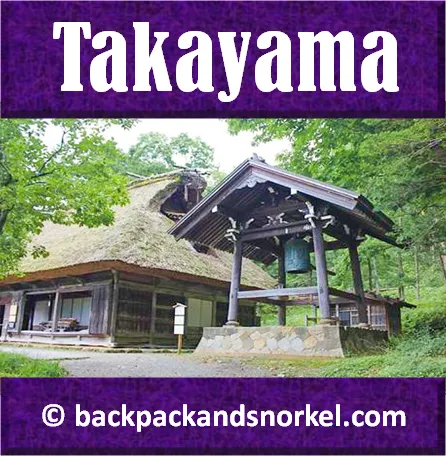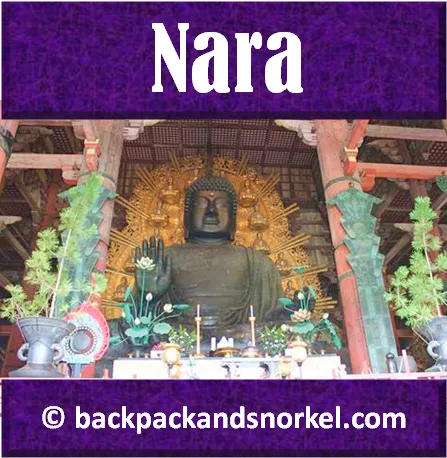Travel Guide for Nara - Japan Purple Travel Guide
We show you the best things to see in Nara and, as always, we provide lots of photos so you can decide where you want to go.
Here at Backpack and Snorkel Travel Guides, we typically promote self-guided walking tours.
But we realize that not everybody likes to walk by themselves in a foreign city. So, just in case that you rather go with ab guide: NO PROBLEM! Please see the free GuruWalk and paid Viator tours below.
free GuruWalk tours
paid Viator tours
General Information about Nara 奈良市
On March 11, 708 AD, Empress Genmei ordered the imperial court to relocate to Heijō or Heijō-kyō (old name for Nara) as the new capital and in 710, Nara was established as Japan's first permanent capital.
With a 5-year interruption from 741-745, Nara was the seat of government until 784, when the capital was first moved to Nagaoka, and then Heian-kyō (Kyoto).
During the Nara period, Nara was the capital of Japan, and the Emperor lived there before the capital was moved to Kyoto.
The most widely accepted theory where the name Nara comes from is ‘Flat land’. Nara is located in an area on the side of a mountain with a relatively gentle gradient. Flat areas in Japan were sometimes called ‘naru’ or ‘naro’ and one way to write this word out would be to use the character 平 (flat). In the past, Nara was sometimes spelled 平城.
The city of Nara was modeled after the city of Chang’an, which was the Chinese capital during the Tang dynasty. That means that Nara was laid out on a grid and the city was divided by four great roads with the ruler's place in the center where the roads meet.
Interestingly, besides being the Japanese capital from 710 to 784, Nara was only designated a city on February 1, 1898 and Nara was added to the list of UNESCO World Heritage Sites in December 1998.
The climate that you can expect when you visit Nara is shown here:
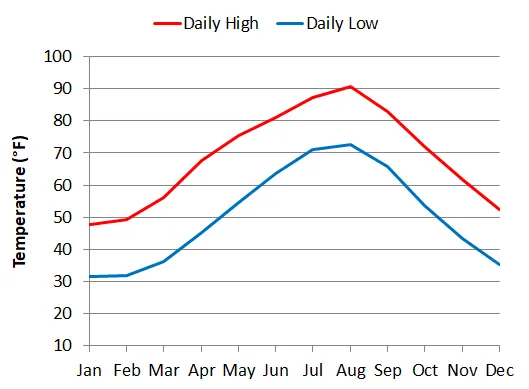
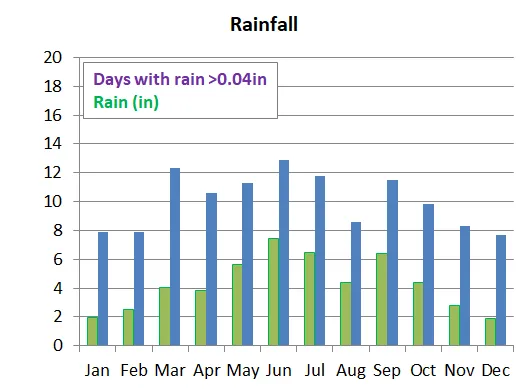
Todaiji Temple 東大寺
Leave Kyoto early in the morning and take the Shinkansen to JR Nara Station or Kinetsu-Nara Station.
From either train station, you can take bus lines 72, 77 or 97 to go directly to the temple; you can also take line 1 if you don’t mind taking a detour around the city. If you are at Kinetsu-Nara, then you can also use lines 6 and 160 or you can walk.
All buses bring you to the Todaiji-Daibutsuden bus stop.
When you are done with your visit of Todaiji Temple, then you can use lines 78 and 98 (or line 2 for the detour) back to your train station.
Todaiji Temple is a Buddhist temple complex that was one of the powerful Seven Great Temples. It was opened in 752 and it houses the world's largest bronze statue of the Buddha Vairocana (Daibutsu) in the Great Buddha Hall (Daibutsuden).
The structure burned down several times and the current Great Hall dates from 1709. It is about 30% smaller than the original.
Like the building, the Great Buddha statue had to be recast several times e.g. due to earthquake damage. In 855, the head fell to the ground and was replaced with a new head; the current hands were cast in the Momoyama Period (1568–1615) and the head in the Edo period (1615–1867).
The Buddha statue weighs approx. 1.1 mio lbs (500 tons).
Here are some more measurements:
Height: 49 ft (15 m)
Face: 17.5 ft (5.3 m)
Eyes: 3.3 ft (1 m)
Nose: 1.6 ft (0.5 m)
Ears: 8.3 ft (2.5 m)
Shoulders: 98 ft (28 m) across
Hair curls on head: 960
We were amazed by Todaiji temple, not just because of the amazing largest Buddha statue in Japan and the other golden statues to the right and left, but also by being able to take all the photos we wanted...flash or no flash.
During the bus ride and especially close to the temple you will notice lots of deer. They are being fed by tourists and locals and are not afraid of people. Locals even sell deer food. Besides visiting the main hall with the large Buddha and watching/feeding the deer, there is not much more to see and do in the temple.
Everything can be experienced in less than 1 hour.
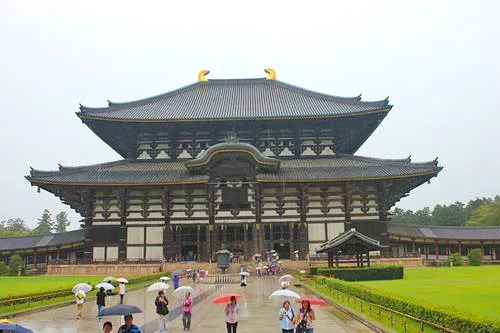
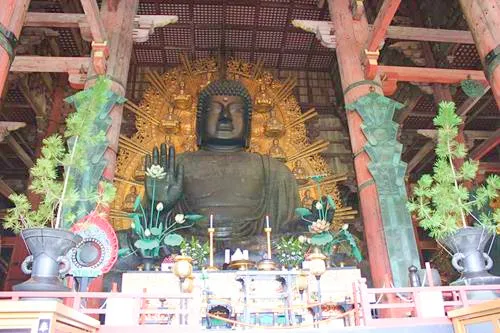
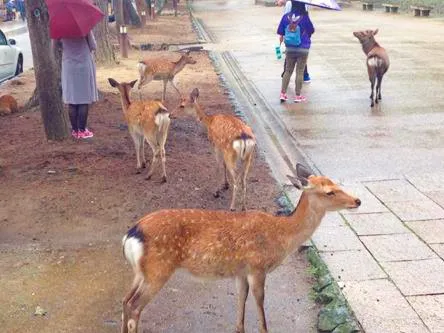
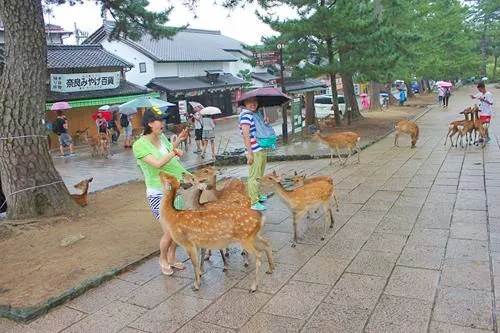
Horyuji Temple 法隆寺
You can take bus line 98 from Todaiji Temple to the Horyuji Temple Area, or you can take the JR train as the faster option.
The JR train leaves from the JR station to Horyuji Station and then you need to either walk to the temple(15-20min) or take bus line 72 and exit at Houryuji-mae stop.
Hōryū-ji (Learning Temple of the Flourishing Law) is a Buddhist temple that was one of the powerful Seven Great Temples. It was built in 607 under the name Wakakusadera. In 670, lightning struck and all buildings burned down.
The temple was rebuilt and the main hall (Kondō) is recognized as the world's oldest wooden building.
Wood used in the five-story 32.45m tall pagoda was analyzed by tree ring dating and it was found that the trees were felled in 594.
There is an admission fee which includes admission to 3 major sites in the temple area. You will see temple buildings, a pagoda, small gardens from the outside and you will go into a museum where statues, paintings, garments, and pottery from this site are displayed.
By now, you have been to many temples and museums in Japan and to us, nothing in Horyuji stuck out as very unique. If you are new to Japan and is one of your first stops, then you may not need to see many other temples as they will remind you of Horyuji.
You may want to spend 1 1/2 - 2 h in the temple.
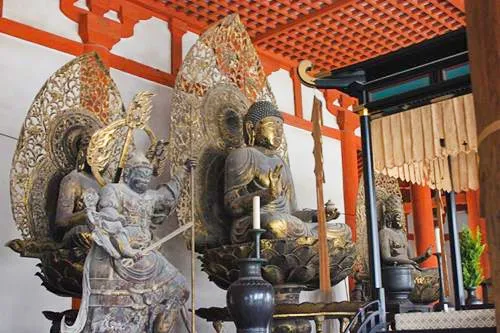
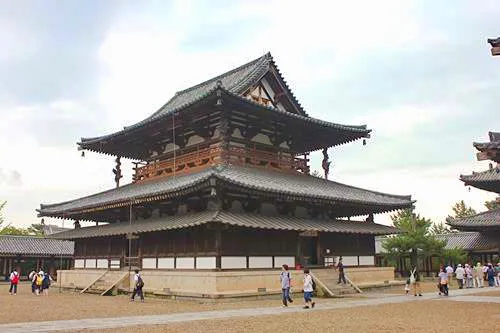
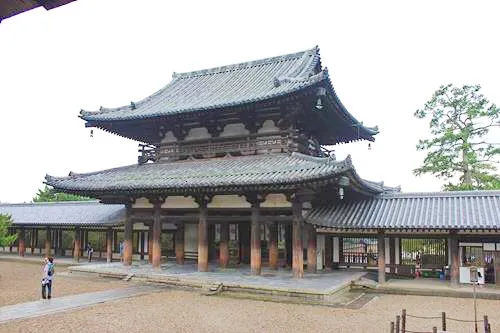
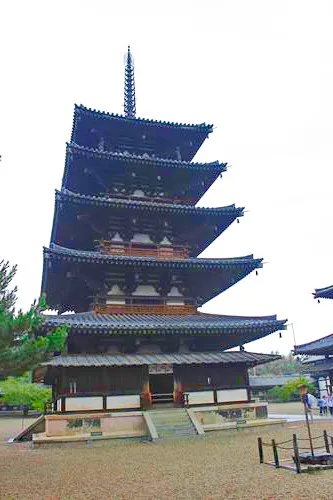
Which part of Japan do you want to visit now?
Author: Rudy at Backpack and Snorkel
Bio: Owner of Backpack and Snorkel Travel Guides. We create in-depth guides to help you plan unforgettable vacations around the world.
Other popular Purple Travel Guides you may be interested in:
Like this Backpack and Snorkel Purple Travel Guide? Pin these for later:
